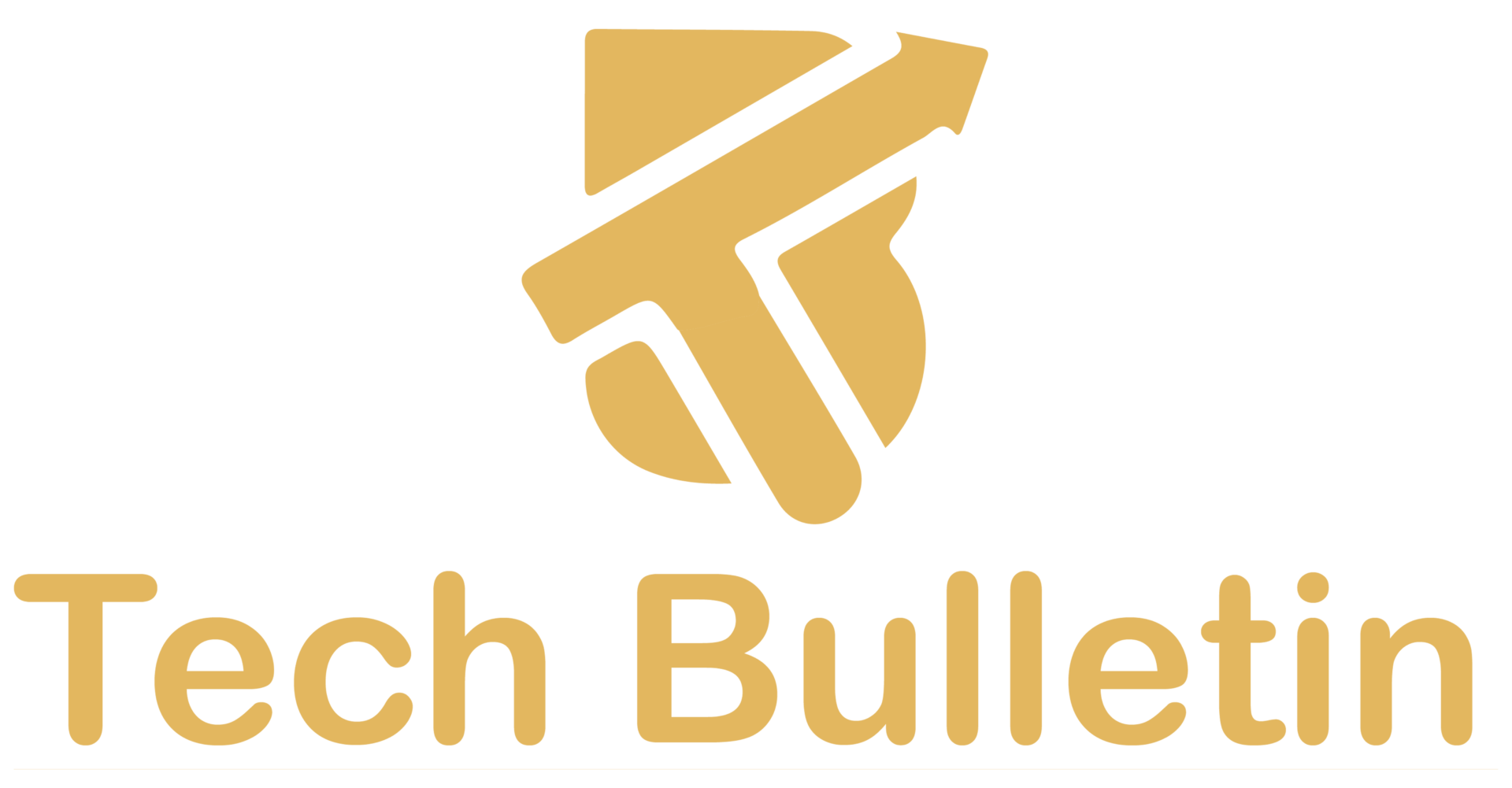What is Generative AI and How Does It Work?

You keep hearing the phrase, yet still ask, “What is generative AI, and why should I care?”
In simple terms, it’s software that studies patterns—words, pixels, notes—and then produces brand-new content that feels human-made. It can draft a blog post, sketch a logo, compose a melody, or even suggest DNA sequences. Ready to see how?
Understanding Generative AI: A Quick Primer
Generative AI belongs to a family of machine-learning models that create rather than classify. Traditional AI points to the right answer; generative AI invents possible answers.
The prediction game
The model looks at vast data, learns “what usually comes next,” and then predicts the next word, pixel, or sound. Chain those predictions together and you get an email, an image, or a jazz riff.
Why the hype?
Because it scales creativity. Tasks that once took hours—first drafts, mock-ups, prototypes—now appear in seconds, giving you more time to refine and decide.
How Does Generative AI Work Under the Hood?
Three core ideas guide every modern system.
1) Tokens and embeddings
A token is a tiny chunk of data, like “cat” or “##ing.” The model turns each token into a vector, called an embedding, so math can capture meaning.
2) Training
During training, the model hides pieces of data, guesses them, and tweaks its parameters until guesses stay mostly right. More data and bigger models usually mean better fluency.
3) Inference
You type a prompt; the model predicts the next token. It repeats the process until it hits a stop rule. Temperature and top-p settings control creativity and risk.
Key Families of Generative AI Models
| Model Family | Core Idea | Best For | Watch Out For |
| Transformers / Large Language Models (LLMs) | Attention finds relationships between all tokens at once. | Text, code, chatbots, reasoning. | Can hallucinate facts; large compute costs. |
| Diffusion Models | Start with noise. Remove noise step by step to reveal an image. | Photorealistic art, design mock-ups, video frames. | Slow sampling; heavy GPUs. |
| Generative Adversarial Networks (GANs) | Two networks duel: one generates, one critiques. | Ultra-sharp images, face synthesis, upscaling. | Training instability; mode collapse. |
| Variational Autoencoders (VAEs) | Compress data into a latent space, then rebuild it. | Smooth edits, style transfer, anomaly detection. | Lower detail unless combined with others. |
| Autoregressive Audio/Code Models | Predict the next note or token in a long sequence. | Music, sound effects, and programming help. | Slower on very long outputs. |
Training vs Inference: The Two Lives of a Generative AI Model
Training—where the magic memory forms

- Feed billions of examples.
- Hide part of each example.
- Guess the missing part.
- Measure error and adjust weights.
- Repeat until guesses stabilise.
Training happens once (or occasionally again for fine-tuning) and can cost millions in hardware.
Inference—where you meet the model
Inference is cheap by comparison. You send a prompt. The model taps its learned weights, unspools tokens, and returns an answer—often in under a second if optimised.
Real-World Applications of Generative AI
Content and marketing
- Draft blog posts, headlines, and social updates.
- Generate product descriptions for every SKU.
- Localise campaigns in dozens of languages.
Product design and e-commerce
- Create concept art from a text brief.
- Render 3D mock-ups without physical prototypes.
- Generate user-personalised imagery on demand.
Software development
- Auto-complete boilerplate code.
- Suggest unit tests and refactor plans.
- Explain legacy functions in plain English.
Healthcare and science
- Summarise research papers overnight.
- Propose molecular structures for drug discovery.
- Create synthetic patient data for privacy-safe trials.
Customer support
- Build chat agents that cite your knowledge base.
- Auto-draft replies agents can edit, cutting handle time.
- Classify and route tickets by intent.
Benefits and Drawbacks of Generative AI

Pros
- Speeds up ideation and prototyping.
- Produces endless variations for A/B tests.
- Lowers cost for small teams.
- Learns your brand voice with fine-tuning.
Cons
- Hallucinations can slip past review.
- Bias in data can shape output.
- Heavy computing equals higher carbon cost.
- Legal questions around training data remain unsettled.
Evaluating Generative AI Output: Metrics and Methods
| Metric | What It Checks | Good Score? |
| Perplexity | Fluency of language models. | Lower is better. |
| BLEU / ROUGE | Overlap with reference text. | Higher is better. |
| CLIP-Score / FID | Alignment of the image with the prompt. | Higher CLIP, lower FID. |
| Human Rating | Overall usefulness and trust. | 4–5 stars. |
Quick test plan you can run
- Pick 50 diverse prompts.
- Generate three outputs each.
- Blind-score for accuracy, tone, and novelty.
- Promote winners, analyse losers, iterate.
Getting Started: Tools, Costs, and Best Practices
Choose a tool
| Need | Quick Start | Deep Control |
| Text | OpenAI GPT-4o, Claude 3 | Open-source Llama 3, Mistral |
| Images | Midjourney, DALL-E 3 | Stable Diffusion on your GPU |
| Code | GitHub Copilot | Self-hosted Code-LLama |
Keep costs sane
- Cache popular prompts.
- Use smaller models for easy tasks.
- Batch requests during off-peak hours.
Best practice checklist
- Guardrails: Set policies for disallowed content.
- Grounding: Feed relevant docs via Retrieval-Augmented Generation.
- Human-in-the-loop: Require review before publishing.
- Logging: Save prompts and outputs for auditing.
Safety, Bias, and Responsible Use of Generative AI
Generative AI mirrors its training data. If that data carries bias, the model may amplify it.
Practical steps
- Filter hate speech and sensitive info in both directions.
- Include a chain-of-thought ban to reduce leakage of private data.
- Use diverse, well-labelled datasets for fine-tuning.
Regulators increasingly require transparency. Keep version notes, data sources, and risk assessments on file.
The Future of Generative AI and Your Role

Expect multimodal models that handle text, audio, video, and 3D in one swoop. Edge-device models will cut latency to near zero. Industry-specific models will appear—legal, medical, aerospace—trained on vetted corpora for higher trust.
Your role? Master prompt design, understand evaluation, and guide policy. Those skills stay valuable no matter how models evolve.
FAQs About What Is Generative AI
1. How is generative AI different from traditional AI?
Traditional AI labels or predicts. Generative AI creates new content that fits learned patterns.
2. Can generative AI replace human creativity?
It augments, not replaces. You still curate ideas, set strategy, and judge quality.
3. Is generative AI safe for confidential data?
Only if you control prompts and storage. Use private deployments or secure APIs with strict terms.
4. How do I stop hallucinations?
Ground outputs with retrieval, set low temperature, and add human review.
5. Which industries gain the most today?
Marketing, software, design, and research see quick ROI, but almost every sector can benefit.
6. Do I need a powerful GPU to experiment?
No. Start with cloud APIs. Move to local GPUs when volume or privacy demands it.
7. What’s next for small businesses?
Domain-tuned models will arrive as affordable SaaS, letting you offer personalised services at scale.
Conclusion: Why Knowing “What Is Generative AI” Matters
Understanding what generative AI is equips you to speed up work, spark fresh ideas, and stay competitive. The technology predicts patterns, delivers content, and scales creativity—once you add clear goals and guardrails.







